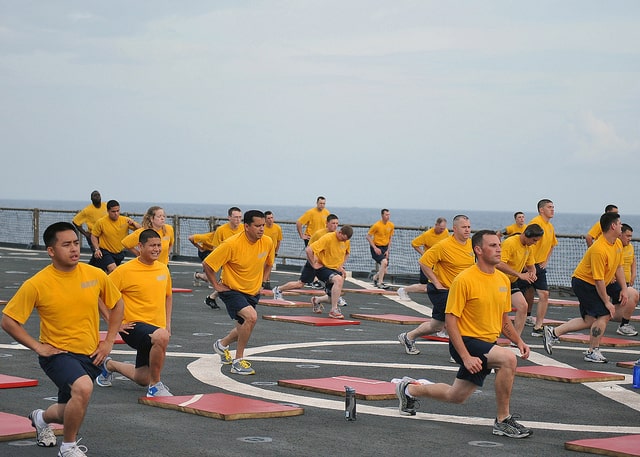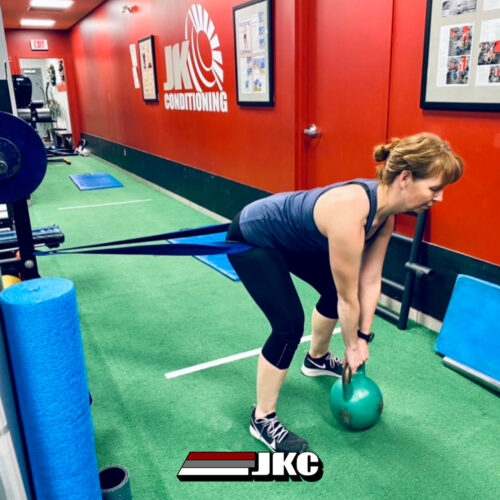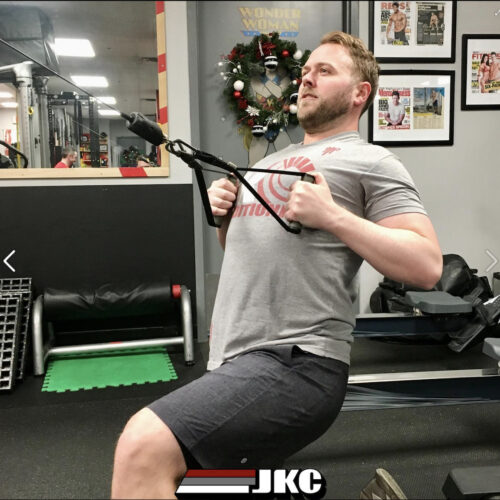
Everyone knows how to do a basic lunge; these three variations take it to the next level.
For the most part, running takes place in what’s called the sagittal plane — think forward and back. However, there is a lot more going on than catches the eye.
A tremendous amount of stability and control has to be provided in the frontal plane — think side to side — when you run. Improving strength, stability and mobility (follow me here) in the frontal plane can reduce your risk for injury by loosening tight hip muscles (e.g. groin) and strengthening weak hip stabilizers (e.g. gluteus medius). This is where lunge variations play a major role in a runner’s strength training routine.
Why Lunge?
Asymmetrical standing exercises, like lunges, are great for challenging a runner’s balance, proprioception and dynamic flexibility. Lunge exercises change the load distribution and emphasize one leg rather than two (picture a bilateral stance used in a squat or a leg press).
Lastly, these exercise variations also challenge and improve dynamic stability in the torso and lower body. Therefore, these exercises may have more carryover to improving the running stride compared to bilateral leg exercises.
Getting More Out Of Your Lunges
Most people are familiar with traditional lunge variations, such as the in-line lunge, also referred to as a split squat, and the walking lunge, where a series of lunges are performed one right after the other. Many runners can benefit from these lunge variations, but there are other lunge patterns most are not familiar with.
Continue reading HERE.
photo credit: Commander, U.S. 7th Fleet via photopin cc








































